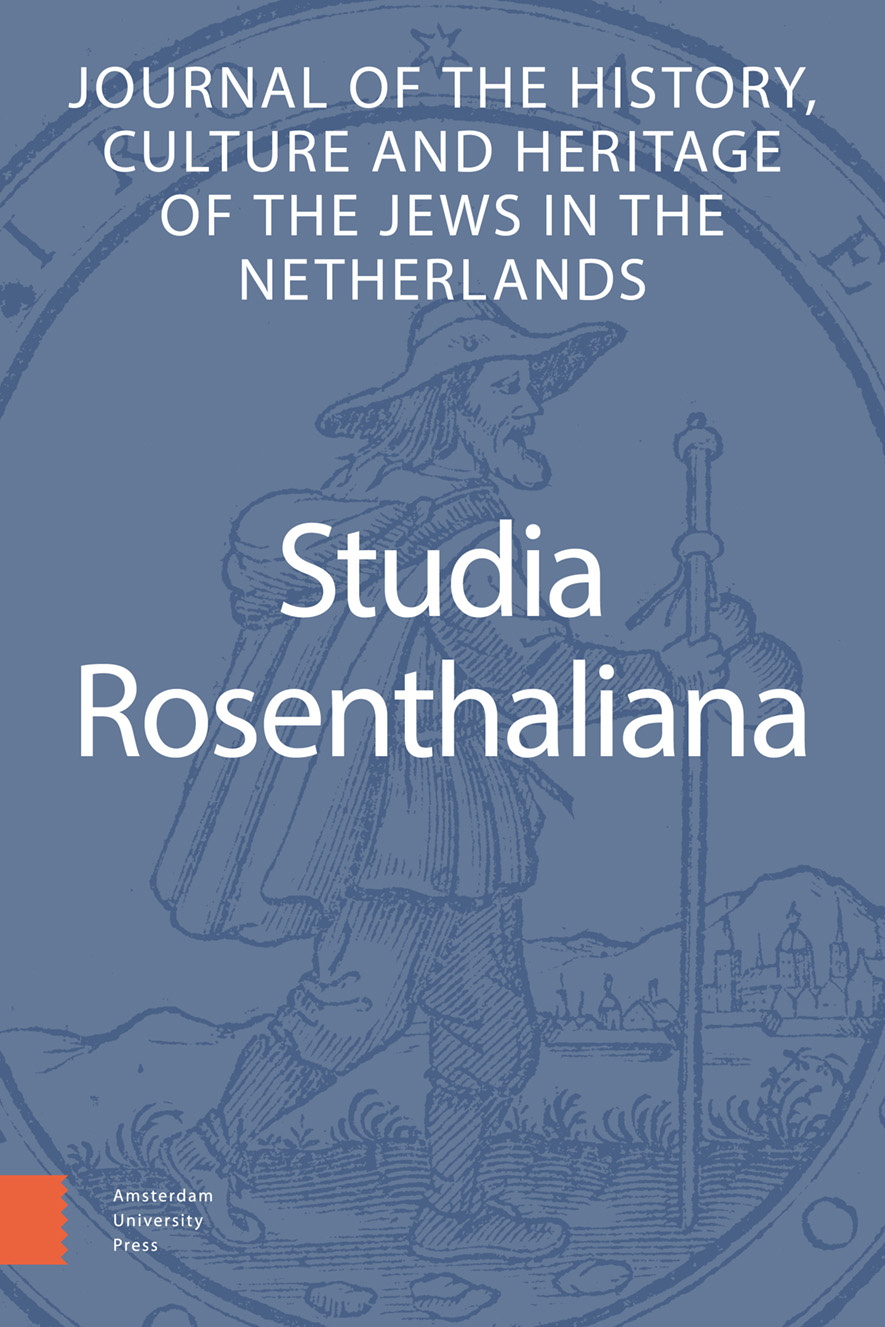-
oa The Ashkenazi Meat Hall in Amsterdam, 1673-1815
- Amsterdam University Press
- Source: Studia Rosenthaliana, Volume 50, Issue 2, Dec 2024, p. 93 - 119
-
- 01 Dec 2024
- Previous Article
- Table of Contents
- Next Article
Abstract
This study analyses the Ashkenazi meat hall in Amsterdam from 1673 to 1815, identifying five distinct phases in its development. It examines the challenges faced by the institution and the leadership’s adaptive strategies. The meat hall served multiple crucial functions: preserving Jewish identity through halachic adherence, sustaining communal welfare via indirect taxation, and mediating relations with municipal authorities. The identified phases are: (1) Establishment and Institutionalization (1673-1736); (2) Standardization and Accountability (1737-1764); (3) Enhanced Anti-Smuggling Measures (1764-1790); (4) Decentralisation (1790-1808); and (5) Reorganisation (1808-1815). Findings reveal persistent opposition throughout the hall’s history, manifested in recurring violations. Ultimately, the separation of state and religion necessitated a fundamental restructuring of the meat hall, reflecting broader societal changes. This research contributes to our understanding of communal governance, religious institutions, and socio-economic adaptations in early modern Jewish communities.


